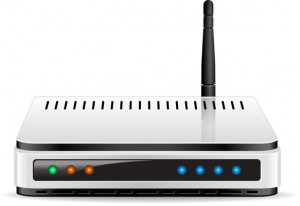When you plan to upgrade or replace computer equipment, there are two ways to do it: Either leasing or buying the necessary IT equipment. As there is no hard and fast rule as to which alternative is better; it heavily depends on your business’ unique situation and needs. Here is an overview of each alternative’s pros and cons to help you decide between the two options:
When you lease IT equipment, the upfront costs are low, which allows a business to set aside moneys for more pressing needs.
There will be a set monthly payment with no surprises, and your business can keep up with the Joneses when it comes to having the most cutting-edge technology. If some new tech system pops up in a year or two that could help your business operations, upgrading is simple to do when leasing.
There are, however, downsides to leasing. Over the long term, you may pay more for the equipment your business uses. With a lease, there’s also the issue of having a contract that usually requires the business to rent the IT equipment for a set length of time.
This means that – even if your business opts to stop using that equipment or it becomes obsolete – the payments still must be made.
When you purchase your business’ IT equipment outright, there is only a single, albeit large, hit to the budget, and there’s no complicated paperwork to fill out or built-in caveats in the contract to look out for. It belongs to the business and decisions regarding maintenance and method of use are entirely up to those within the company instead of being governed by an outside entity. The purchased equipment can even be deducted from the business’ taxes.
On the other hand, putting a lot of money at once into a company’s IT needs may draw too much money out of other divisions’ budgets, such as marketing, for example. This can negatively impact the business’ bottom line. Another consideration is how often technology equipment should be updated. With buying such equipment, it’s far harder to upgrade to the latest technologies, which could require waiting for your recently purchased items to sell before making a fresh IT equipment purchase.

 Choosing and buying a router for your wireless internet at home can be a frustrating experience; you want speed, performance and coverage as well as longevity in the life of your upgraded router.
Choosing and buying a router for your wireless internet at home can be a frustrating experience; you want speed, performance and coverage as well as longevity in the life of your upgraded router.